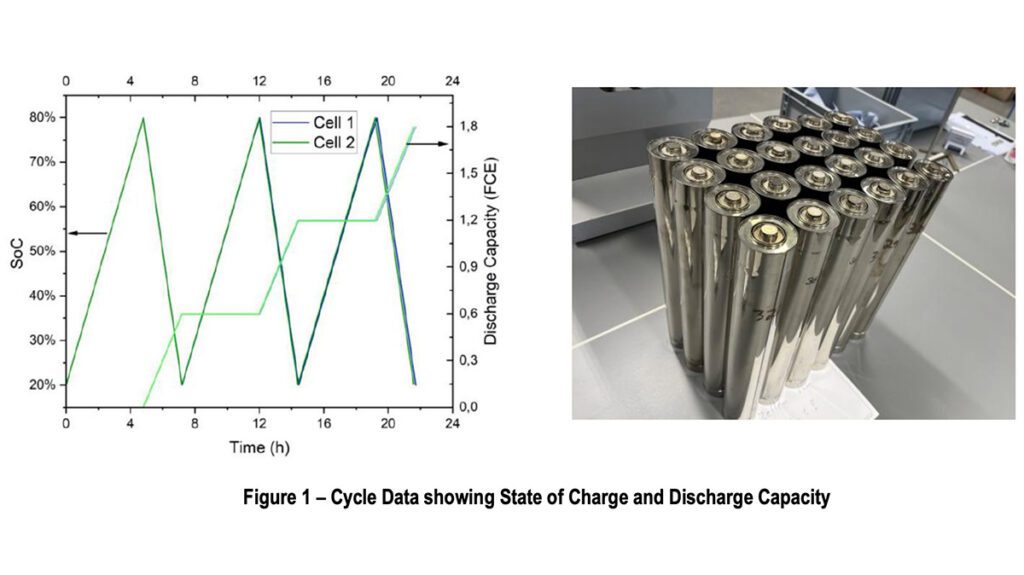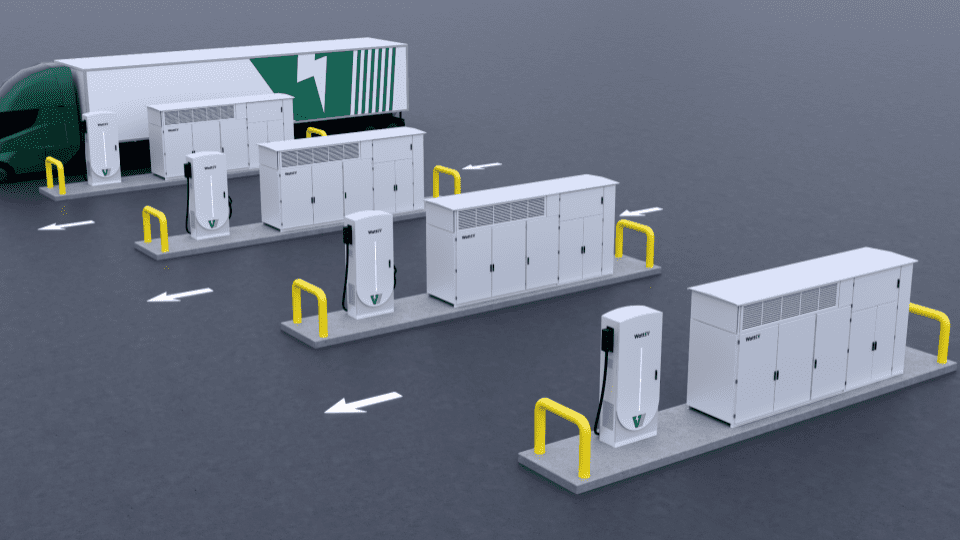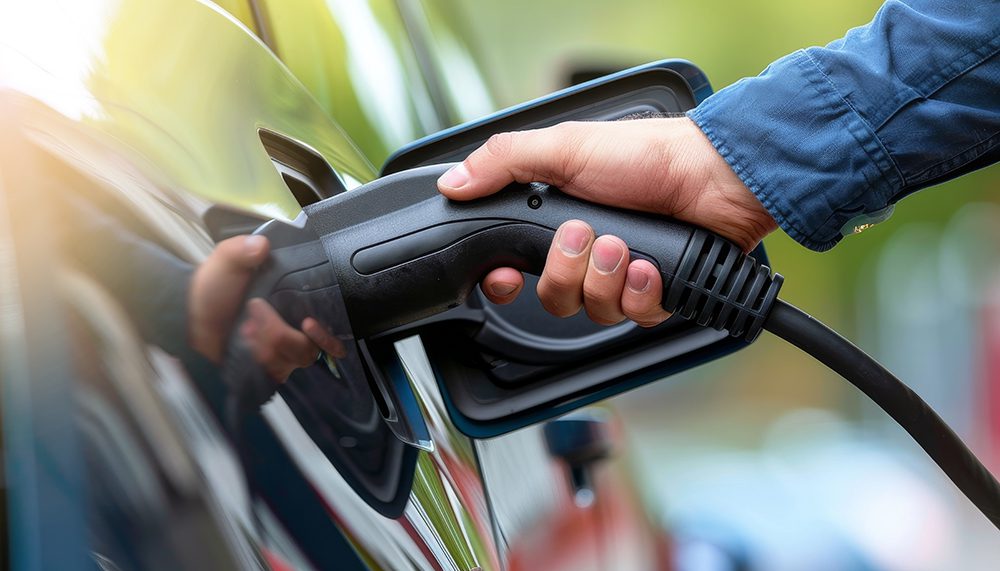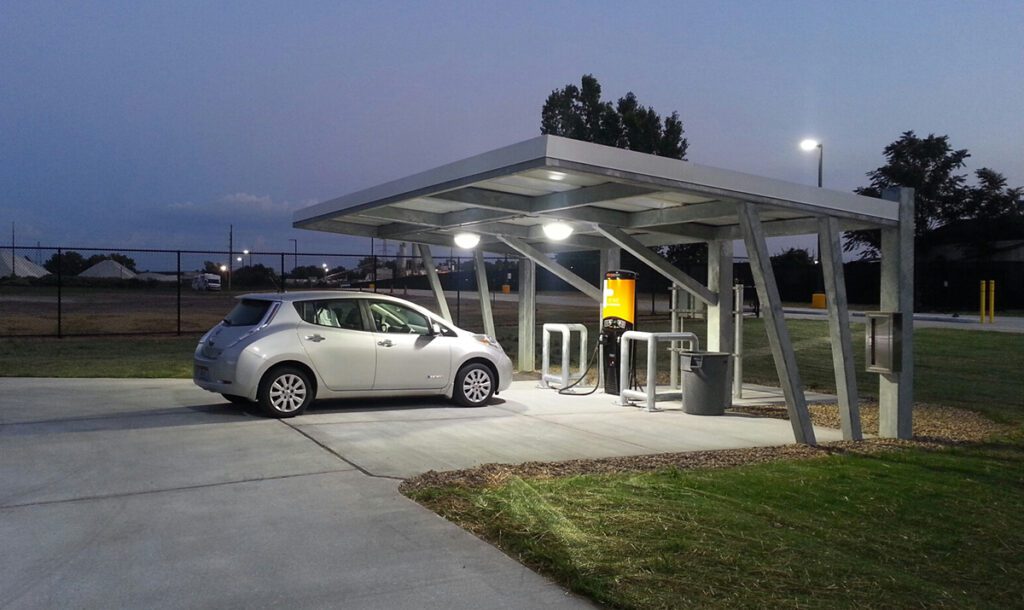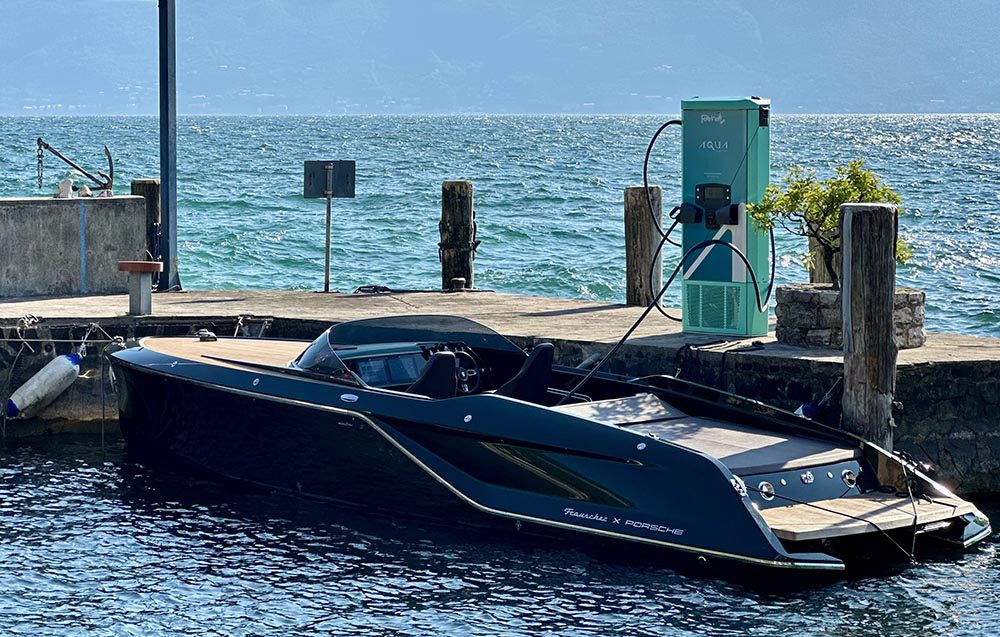Magnix, a maker of electric powertrains for aircraft, collaborated with engineering and flight test specialist AeroTEC to test an electric Cessna 208B Grand Caravan that they claim is the largest all-electric aircraft yet flown.
The 30-minute maiden flight, which took place at an airfield near Moses Lake, Washington, was “flawless,” according to the test pilot.
The converted Cessna is powered by Magnix’s Magni500 propulsion system, which generates 750 hp. The 750 V lithium-ion battery system weighs roughly one ton. AeroTEC replaced the original Pratt & Whitney turboprop engines with the new electric powertrain.
As configured, the Magni500-powered Grand Caravan can carry 4-5 passengers on flights up to 100 miles, taking into account the need for reserve power, Magnix CEO Roei Ganzarski told FlightGlobal. Magnix and AeroTEC hope to have the aircraft certificated by the end of 2021. By then, Ganzarski predicts battery tech will have improved, allowing the e-plane to operate 100-mile flights carrying a full load of 9 passengers.
Magnix and AeroTEC are pitching Magni500-powered Caravans for operating regional routes of less than 500 miles. Years ago, small commuter airlines operated many such routes in the US, but most of these carriers folded as the airline industry trended toward larger regional jets.
No existing aircraft are economically feasible on such routes, says AeroTEC CEO Lee Human. However, electric aircraft, which promise operating costs about half those of ICE planes, could be viable.
Typical charging times are roughly equal to flight times, Ganzarski explained—it takes some 30-40 minutes of charging to provide enough energy for a 30-minute flight.
Magnix has other e-aircraft projects in the pipeline. In December, Canadian airline Harbour Air flew a Magni500-powered de Havilland DHC-2 Beaver. Magnix will be one of two companies to supply propulsion systems for Alice, an electric aircraft being developed by Israeli firm Eviation.
Sources: FlightGlobal, Magnix






























































